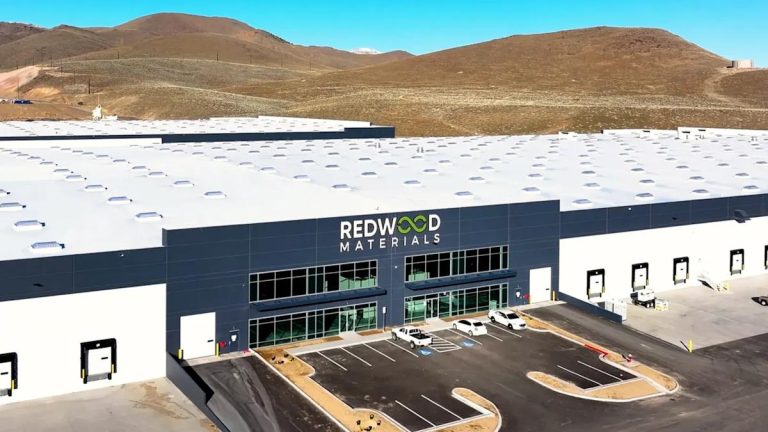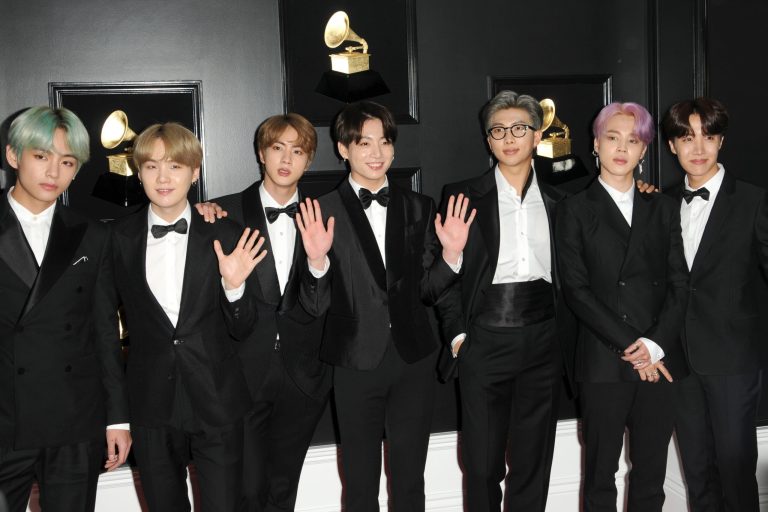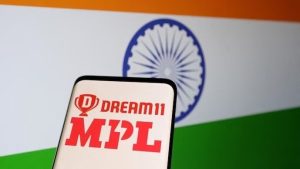Digital as a whole is probably the most rapidly-changing business sphere around, and marketing is no exception. To demonstrate this, let us transport you back in time, to the bygone age of 2015, when fidget spinners were at their peak, Facebook seemed unstoppable in the realm of social media, Siri and Alexa were still novelties, and “Doge” was only a Shiba Inu from a meme. Here are some of the biggest changes in digital marketing to have happened since then:
The Voice Search/Smart Device Fad
Speaking of Siri and Alexa – these two “game-chaning technologies” of yesteryear never really lived up to the hype. When the Amazon Echo launched in 2014 and Google Home followed in 2016, predictions were bold: “50% of all searches will be voice searches by 2020” predicted Andrew Ng of Chinese search engine Baidu, in 2014. Smart speakers flew off shelves, and brands scrambled to develop voice strategies.
And then… No seismic shift occurred. Though that 50% figure was still bandied around until the pandemic, voice technology just took its place in our lives alongside everything else. It certainly wasn’t the game-changer everyone expected.
Speaking of the Pandemic:
The eCommerce Explosion
Online shopping jumped ahead by 5 years in just 3 months during 2020. eCommerce sales grew by 77% versus 2019, and even brands that had always held with traditional strategies and never considered digital sales suddenly needed online stores overnight. Physical retailers faced a stark choice: go digital or go dark. Those who moved quickly captured market share. Those who waited often didn’t survive.
This wasn’t some temporary shift, either. Despite falling slightly from its peak in January 2021, as a proportion of total retail sales, eCommerce has consistently remained above 25%. Pre-pandemic, the highest it had ever been was 21.6%, in November 2018 (boosted by Black Friday and Cyber Monday)
Personalisation and Authenticity
With everyone shut up in their homes for long stretches of 2020 and 2021, people were dying for some personal connection, and nowhere was this more influential than in digital marketing. Screen time skyrocketed, social media usage surged, and big video shoots with high production values became impossible, giving way to more low-key, relatable marketing efforts, often filmed on smartphones.
Brands that thrived showed up as they really were:
- CEOs speaking from their kitchens
- Staff showcasing products from their apartments
- User-generated content replacing studio photography
This wasn’t just out of necessity—it worked better. Engagement rates for authentic content jumped, and this further bolstered the trend of mobile devices becoming dominant in the digital marketing game.
Mobile Dominance
Between 2015 and 2025, mobile went from “important” to “everything.” In 2015, mobile-friendly was a bonus. Today, it’s the baseline. Smartphone usage skyrocketed, making mobile-first design and marketing essential for any business hoping to compete. When over 60% of all internet use is on mobile devices, choosing to neglect phone users with your marketing is throwing away the majority of your audience.
With how ever-present mobile phones had become in peoples’ lives throughout the world came the rise of influencer marketing.
The Micro-Influencer Revolution
The influencer landscape has completely transformed since 2015. What began as brands chasing celebrities with millions of followers has evolved into something far more effective: partnerships with creators who speak directly to exactly the right audience.
In 2015, marketing teams measured success by follower count alone. A celebrity with 5 million followers seemed like a better investment than someone with 50,000. But the power of smaller creators comes from relationship quality. Their followers see them as trusted friends rather than distant celebrities. When a beauty micro-influencer recommends a skincare product, their recommendation carries the weight of personal advice from someone who knows your specific concerns.
And speaking of trusted friends…
Social Media Evolution
Social platforms, already well into their ascendence in 2015, took centre stage in the following decade, transforming from simple connection tools to full marketing ecosystems. Instagram embraced visual commerce, TikTok created short-form video dominance, and Facebook (rather infamously in 2016) became embroiled in political controversy that forever changed how we view social media’s role in shaping public opinion and consumer behaviour.
Which brings us perfectly to our next point:
Privacy Changes & First-Party Data
The public backlash following the Cambridge Analytica scandal in 2018 resulted in many governments (and brands) introducing laws to curb the data-collection free-for-all that had been building up. This led to the data landscape transforming dramatically with GDPR, CCPA, and Apple’s privacy changes disrupting tracking capabilities. No longer could data be collected indiscriminately and held indefinitely. The reasons for data being collected had to be started, and users given the ability to opt out. This completely shifted how brands approached targeting, moving from a largely outward-focusing strategy based on customer characteristics, and towards building direct relationships and first-party data collection strategies.
And finally, on the subject of data:
AI & Automation
While the biggest talking point around AI in recent years has been generative AI, machine learning and automation has been steadily transforming how digital marketing is performed for a while now.
AI bid management can analyse thousands of signals in milliseconds to place ads exactly when your ideal customer is ready to buy, shift budgets automatically to your best-performing channels, and even predict what your best creative will be, just based on the data you provide.
Chatbots can now handle the majority of routine customer enquiries while also collecting valuable first-party data, qualifying leads and working 24/7. This trend will only continue, and is likely to be the driving force behind the next wave of digital marketing innovation.
The New Digital Marketing Reality
The digital landscape has transformed beyond recognition in the last decade. The companies thriving today understand that digital marketing isn’t just about being present online—it’s about creating meaningful connections in the spaces where customers actually spend their time.
At Invanity Marketing, we are at the forefront of digital marketing’s evolution, using the latest and most powerful tools available to create campaigns that deliver measurable results. We’re not interested in vanity metrics that look impressive in reports but fail to generate actual revenue. We focus on creating digital campaigns that drive towards a single result – achieving your business goals.








